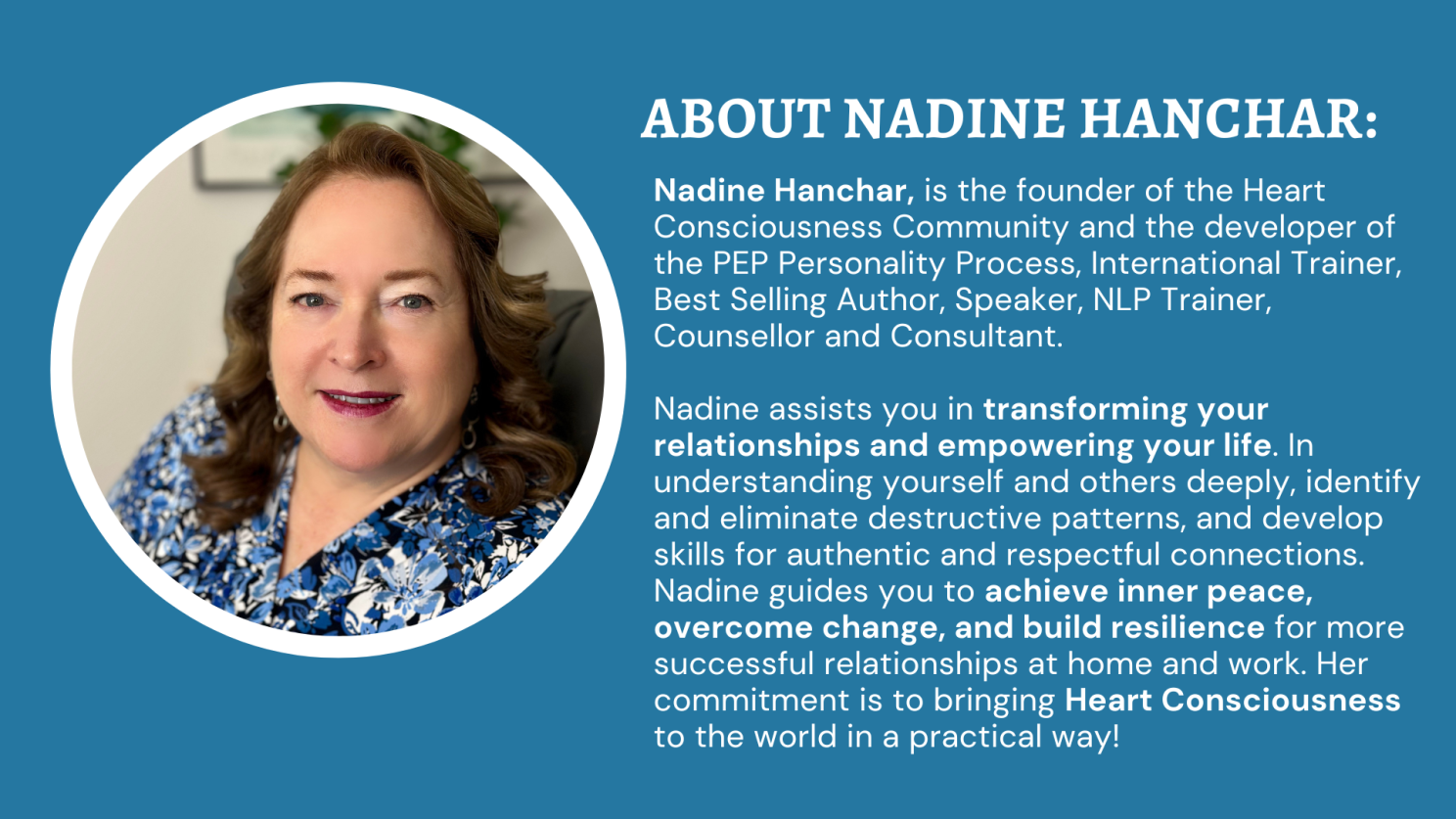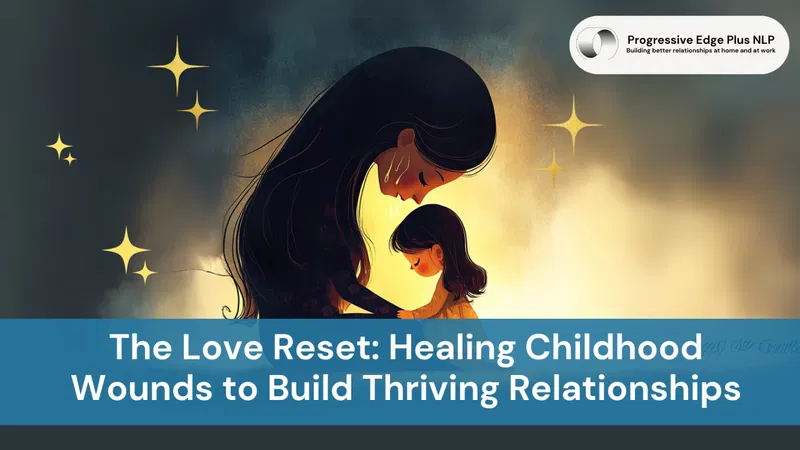Love is a universal need—essential to our happiness, fulfillment, and well-being. Yet, for many of us, the journey to find and sustain love is fraught with confusion. What does love truly mean? Why do our best intentions so often result in disappointment, mistrust, or even heartbreak?
The answer often lies in the hidden programming we carry from childhood. Without realizing it, we inherit beliefs and behaviors about love that shape every connection we make. These early patterns can lead to irrational behaviors, emotional insecurity, and destructive cycles in our relationships.
If love, at its best, creates harmony, confusion about love only brings chaos.
The Foundation of Healthy Love
What’s often missing in relationships—and what we deeply crave—is a profound sense of safety and trust. Healthy love feels like this: I feel safe. I trust you. I feel secure with you.
Unfortunately, many of us didn’t grow up with this kind of emotional foundation. The examples set by parents, caregivers, or early role models often instilled misleading beliefs about what love should look like. We may have learned that love means sacrifice, control, avoidance, or perfection, rather than safety and mutual support.
But here’s the truth: love is not as complicated as it might seem. At its core, it’s reliable, nurturing, and generous. It creates a safe space where both partners feel valued, respected, and accepted for who they truly are.
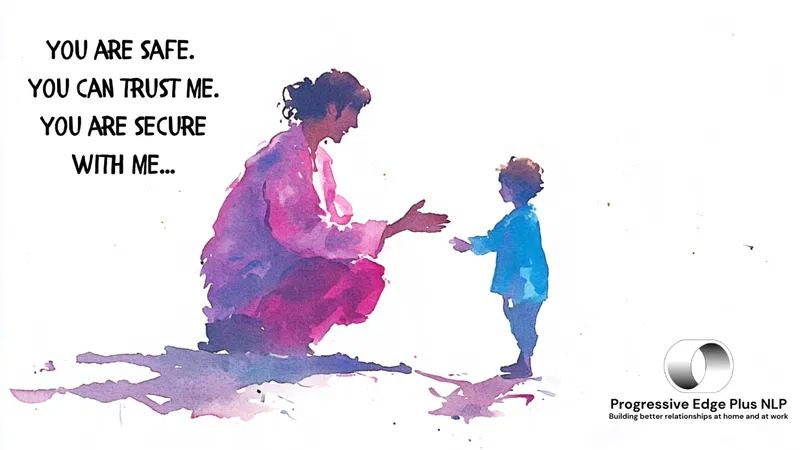
Rewriting Your Love Story
If you’ve struggled with love, I’ve been where you are—caught between dreams of perfect love and the harsh reality of unmet expectations. Determined to change my patterns, I started with the most important relationship of all: the one I have with myself. By challenging old beliefs and creating new ones, I built the foundation for a secure, passionate, and fulfilling relationship.
The good news? If I can do it, so can you.
Deep within, you already know what love is meant to feel like. It’s not some distant fantasy—it’s part of our biology. From the moment we’re born, we’re wired to seek connection. Neuroscience reveals that love is essential for emotional health and physical well-being. As infants, we’re programmed to form bonds with caregivers who provide safety, consistency, and tenderness.
When this bond is strong, we develop emotional resilience, self-esteem, and a secure attachment style. But when it’s disrupted—through neglect, criticism, or inconsistency—we develop insecure attachment patterns. These early experiences leave an imprint, shaping the way we approach love in adulthood.
The Programming of Love
Before you even learned to speak, your brain was being programmed for love. If your early experiences were marked by rejection or instability, your emotional foundation was built on shaky ground. This stress can lead to faulty beliefs, like “I’m not worthy of love” or “Love always leads to pain.”
These beliefs show up in adult relationships as:
- Fear of vulnerability or rejection
- Difficulty trusting others
- Anxious attachment or avoidance
- Patterns of emotional withdrawal or over-dependence
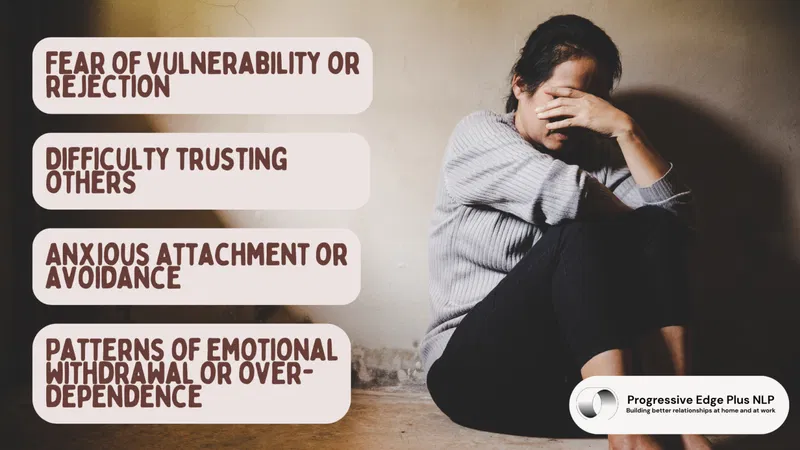
But here’s the empowering part: no matter what you’ve experienced, these beliefs can be reprogrammed.
Rewiring Your Love Beliefs And Patterns
Healing your relationship with love begins with awareness. Once you recognize the patterns you’ve inherited, you can rewrite them. By addressing the wounds of your Inner Child, you’ll uncover what healthy love truly feels like.
Healthy love is simple:
- It feels safe, dependable, and joyful.
- It fosters mutual growth and understanding.
- It supports you in becoming the best version of yourself.
When you heal your Inner Child, you reclaim the power to build relationships that reflect your deepest values and desires.
Breaking Free from the Past
Our parents, as our first examples of love, weren’t perfect. They carried their own wounds, which often mixed with their attempts to love us. Whether through neglect, overprotection, or unrealistic expectations, they shaped the beliefs we hold today.
This doesn’t mean we’re doomed to repeat their mistakes. With guidance, effort, and compassion, you can break free from the past and create a love story of your own.
The Journey to Thriving Relationships
Healing your love story is much like learning any new skill. It takes:
- Awareness – Understanding your patterns and triggers.
- Practice – Developing habits that align with secure attachment.
- Patience – Allowing yourself time to grow and change.
- Self-Compassion – Loving yourself through the process.
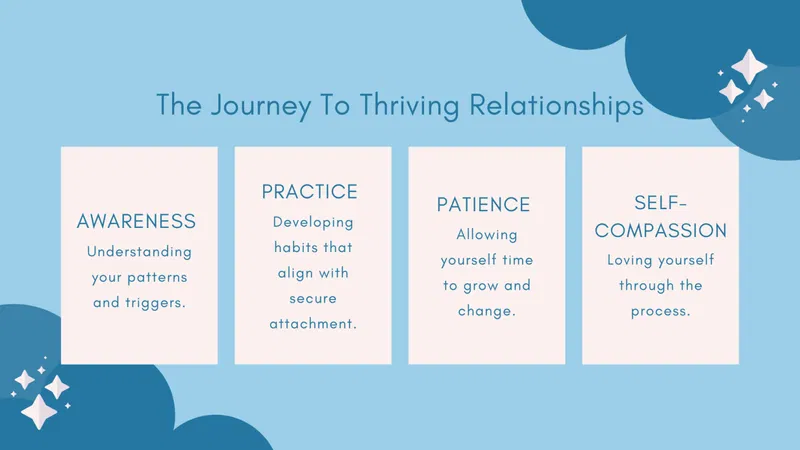
When you focus on building a healthy relationship with yourself, everything changes. You’ll attract and nurture connections based on mutual respect, trust, and joy. As your Inner Child heals, your Inner Adult takes the lead—bringing wisdom, security, and clarity to every relationship.
Transform Your Experience of Love
It’s never too late to rewrite your story. By building a loving relationship with yourself and adopting beliefs that support healthy, thriving connections, you’ll transform how you experience love in every area of your life.
The skills and beliefs you cultivate today will ripple outward—creating relationships that are not only satisfying but truly life-changing.
